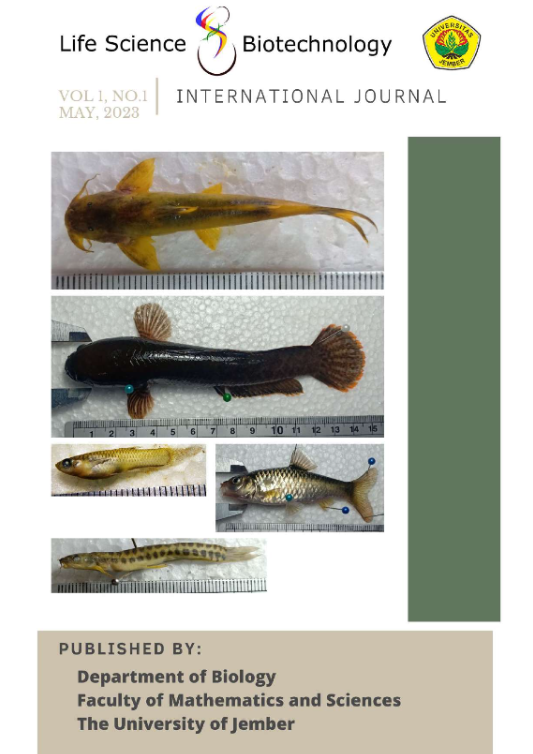The matK Mini-barcode as a Potential Molecular Identification Tool for Medicinal Orchids
DOI:
https://doi.org/10.19184/lsb.v1i1.39851Keywords:
DNA barcoding, maturase K, orchidsAbstract
matK is one of the universal loci which is commonly used as a barcode in the molecular identification of plants. Up to now, the problem of matK as a single locus is the use of the entire gene region as barcodes. The long amplicon size of matK raises several problems in DNA barcoding. The aim of this study is to uncover a small region of the matK gene as a potential mini-barcode region for alternative sites to get more efficient and effective results. In silico studies performed include the collection of matK sequence of medicinal orchid from GenBank, the amplicon size from matK primer sets that are commonly used in the Orchidaceae family, and PCR analysis. Data analysis was done by comparing the results of PCR amplification from several primer sets: matK 390F-1326R, 743F-R2, 712F-1154R and 712F-1216R. The results show that all primer pairs are able to amplify the DNA template isolated from Dendrobium purpureum. However, the shorter DNA band obtained from matK 743F-R2, 712F-1154R and 712F-1216R primers sets were visualized more thick than the longer amplicon band produced from matK primer 390F-1326R. This indicates that short matK sequence for DNA barcoding (mini-barcode) is more efficient in amplifying DNA templates compared to generally applied barcoding using full length sequences.



